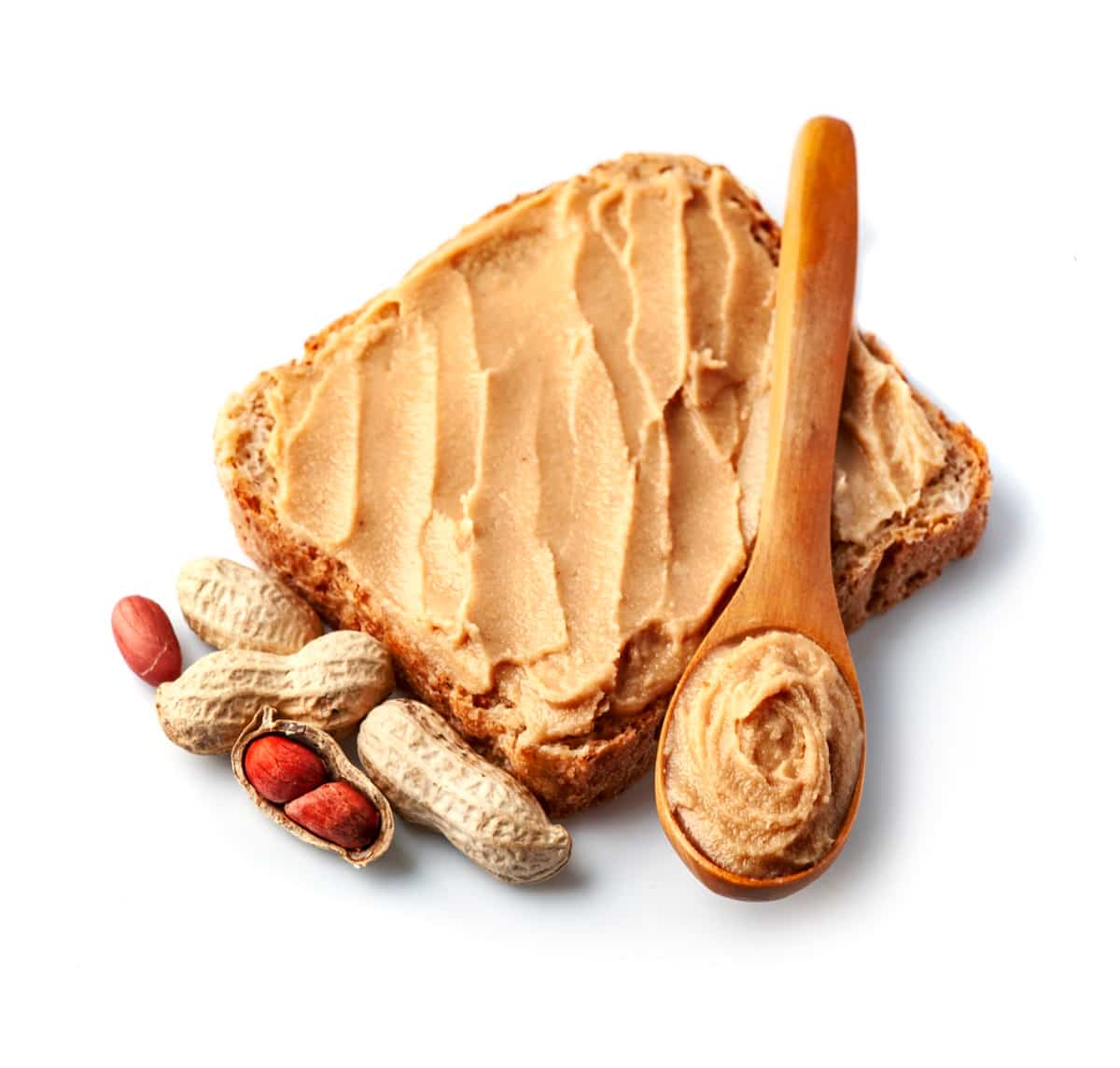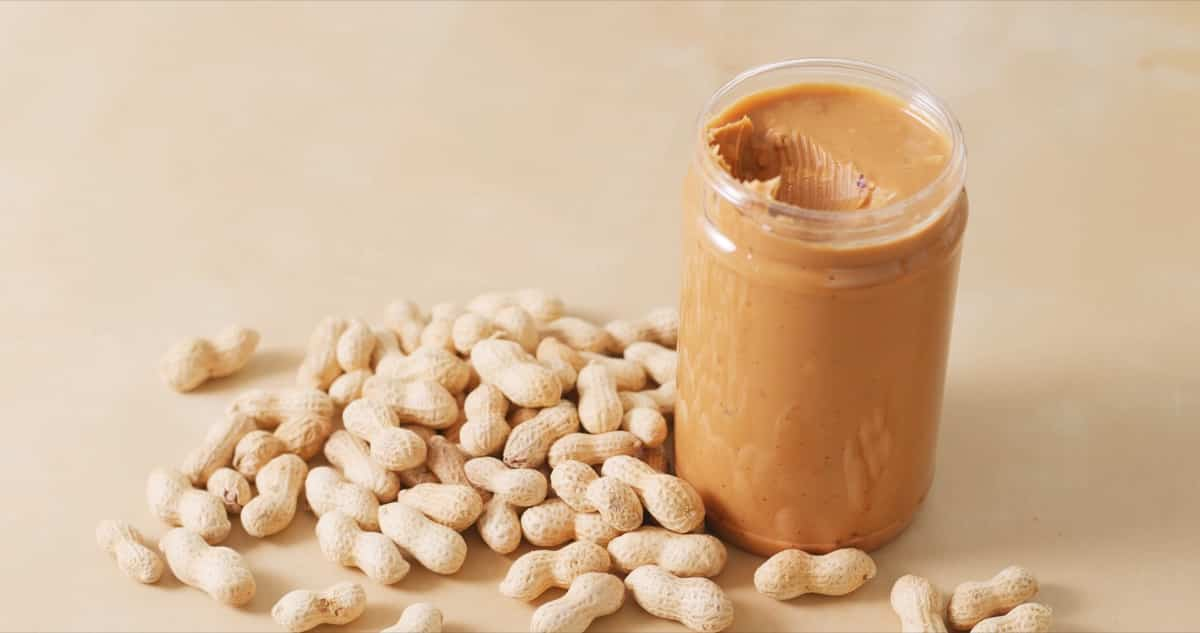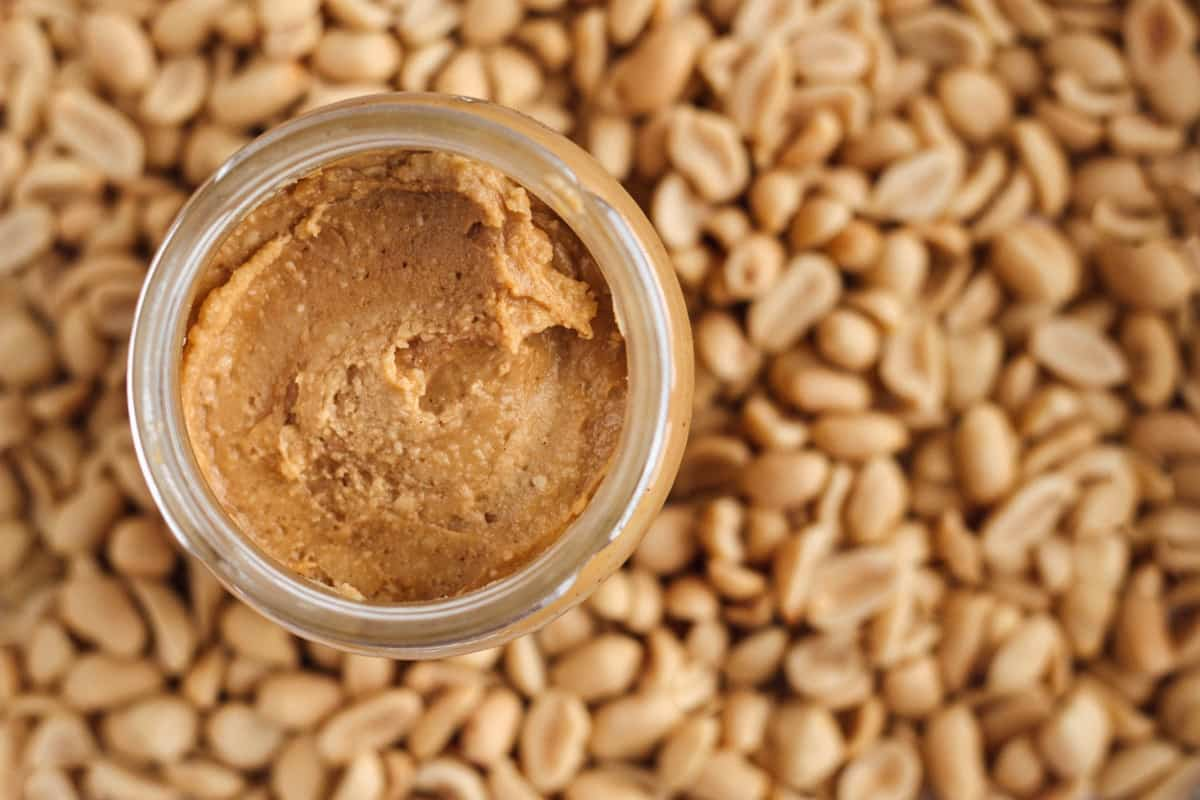Peanut butter is becoming more popular because it’s good for you and can be used in lots of different foods. With many people inquiring about how to start a peanut butter-making business, the potential for entrepreneurs to venture into this industry is vast. Whether you’re interested in small-scale peanut butter production or looking to explore a larger-scale setup, it’s crucial to have a comprehensive peanut butter business plan.

Key concerns like “How much does it cost to start a peanut butter business?”, “Is peanut butter manufacturing profitable?” “What are the requirements for peanut butter business?” and the intricacies of the roasted peanut business plan can all be addressed with accurate research and planning.
Peanut Butter Making Business Plan
Understanding the Licensing Requirements for Peanut Butter Manufacturing Business
Before diving into the peanut butter manufacturing business, knowing the licensing requirements is essential. You must obtain licenses from local health departments and food safety authorities to ensure that your peanut butter meets health and safety standards. These licenses will allow you to produce and sell your peanut butter legally.
Having them not only gives your business credibility but also ensures the safety and well-being of your customers. Part of the peanut butter manufacturing business plan license cost to start and profits is acquiring the needed permits, which varies by region and country.
Exploring the Costs Involved in Starting a Peanut Butter Manufacturing Business
One of the fundamental aspects of a peanut butter business plan is understanding the costs involved. The total cost largely depends on the scale of production. While small-scale peanut butter production may require a modest investment, scaling up to industrial levels would demand significantly more capital. Key expenses include the cost of raw peanuts, equipment, packaging, branding, and distribution. Additionally, rent, electricity, and labor costs should be accounted for.
Analyzing the Profit Potential of a Peanut Butter Manufacturing Business
Is peanut butter manufacturing profitable? The short answer is yes. However, the profit margins are influenced by factors like production scale, marketing strategy, and distribution network. On average, the profit margin in the peanut butter business can range from 20% to 40% based on factors like brand positioning, quality, and consumer demand. An entrepreneur can achieve significant returns on investment with effective strategies and a well-executed peanut butter business plan.
In case you missed it: How to Start Gold Import-Export Business in India: A Step-by-Step Profitable Guide for Beginners

Obtaining the Necessary Licenses and Permits for Peanut Butter Production
Acquiring the right licenses and permits is crucial for a smooth-running peanut butter manufacturing business. These licenses validate the quality and safety of your product and ensure that your business operates without any legal hitches. You may need permits from agricultural, health, and food safety departments, depending on your location. Make sure to do good research and talk to local officials to know exactly what your area needs.
Estimating the Initial Investment Required to Start a Peanut Butter Manufacturing Business
The initial investment for a peanut butter manufacturing business largely depends on the production scale and location. The startup costs for small-scale peanut butter production range from $5,000 to $20,000. This covers the cost of equipment, raw materials, and minimal branding. However, the peanut butter manufacturing plant cost can rise to $100,000 or more for a larger setup, incorporating advanced machinery, larger facilities, and more extensive marketing and distribution channels.
Identifying the Equipment and Machinery Needed for Peanut Butter Production
You’ll require specific equipment and machinery to kickstart your peanut butter-making business. At the core of production are the roasting and grinding machines. Roasters are used to get the roasted peanut flavor passed through grinders to achieve the desired peanut butter consistency. Other essential equipment includes sorting machines (for selecting quality peanuts), de-shelling, and packaging machines. Investing in automated machines can streamline the production process and enhance efficiency if aiming for a larger-scale operation.
Determining the Raw Material Costs for Peanut Butter Manufacturing
The cornerstone of peanut butter manufacturing lies in the quality and cost of raw materials. Peanuts are the primary raw material, accounting for the most significant portion of production costs. The price of peanuts can vary based on factors such as seasonality, geographic location, and market demand. Beyond peanuts, additional ingredients like salt, sweeteners, or preservatives might be added depending on the desired product recipe.
Packaging materials such as jars, lids, and labels also contribute to raw material costs. To ensure consistent product quality and profitability, businesses must maintain steady relationships with reliable suppliers, explore bulk purchase discounts, and regularly monitor market prices.
Assessing the Labor and Operational Expenses in Running a Peanut Butter Manufacturing Business
Labor and operational expenses play a pivotal role in determining the profitability of a peanut butter manufacturing venture. Labor costs encompass salaries and wages for employees involved in various stages, from procurement to packaging. As the production scale increases, automation might reduce labor costs, but it introduces machinery maintenance expenses.
Operational costs are expenses such as water and electricity bills, rent or mortgage for the place where we make things, and the expenses of storing and managing our stuff. An efficient operational strategy focuses on optimizing production cycles, reducing waste, and maintaining a trained and motivated workforce to ensure a smooth and cost-effective manufacturing process.
In case you missed it: 12 Best Paper Cup Manufacturers in India

Evaluating the Marketing and Distribution Strategies for Peanut Butter Products
Once the peanut butter is manufactured, effective marketing and distribution become paramount to its success in the market. Marketing strategies should be crafted considering the target audience, brand positioning, and competitive landscape. Activities could include digital marketing campaigns, in-store promotions, and participation in food expos.
The distribution strategy involves choosing between direct-to-consumer channels or partnering with retailers and wholesalers. Both approaches come with their own set of advantages and costs. Direct sales might offer higher profit margins, while retailers provide broader market access. Regular evaluation and adaptation of these strategies based on market feedback and sales performance ensure sustained growth and product reach.
Understanding the Regulatory Compliance and Quality Control Measures in Peanut Butter Manufacturing
Adherence to regulatory compliance and strict quality control is non-negotiable in the food manufacturing sector. Every country or region will have its regulations governing food production and safety, and peanut butter is no exception. Manufacturers must ensure that their products meet stipulated safety and quality standards, which might entail periodic inspections and certifications from relevant authorities.
Quality control measures involve setting up in-house testing processes, from checking the quality of raw peanuts to the final product’s texture and taste. A robust quality control system ensures regulatory compliance and builds consumer trust and brand reputation in the market.
In case you missed it: 10 Profitable Disposable-Based Business Ideas: Low-cost and Low-Investment

Conclusion
Navigating the intricacies of peanut butter manufacturing requires meticulous planning and a keen understanding of market dynamics. With the right strategies and adherence to quality and regulations, entrepreneurs can tap into the growing demand and achieve sustainable profitability.
- Handicraft Making at Home: A Small Profitable Business Idea
- Pet-Tech Startups: Innovations for Animal Lovers
- Tech Repair Services: Meeting the Demand for Gadget Maintenance
- Maximizing Rewards: Smart Credit Card Habits for Cashback and Points
- Ultimate Guide to Making Money from Goat Milk Business
- How to Start an Agricultural Value Added Product Business
- Value-Added Business Ideas for Greenhouse: The Best Ways to Make Profits with Greenhouse Farming
- How to Make Profits with Organic Country Chicken: Best Strategies for Beginners
- 10 Value-added Business Ideas for Millets: Low-investment and Highly Profitable